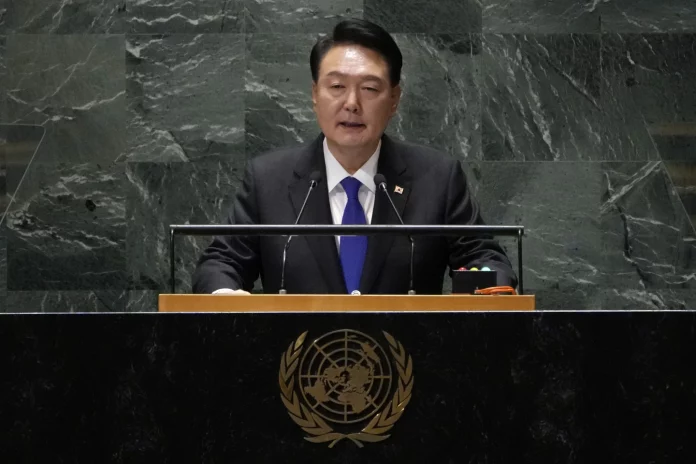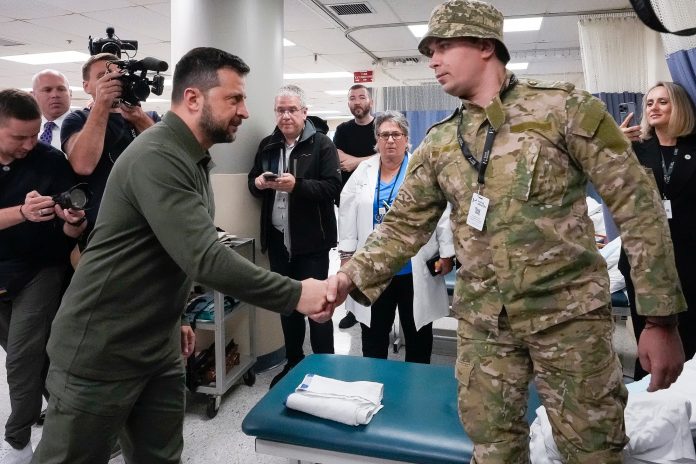In a poignant display of suppression, Iranian authorities have thwarted the grieving families of those killed during last year’s protests from holding memorials on the anniversaries of their loved ones’ tragic deaths. This disturbing development sheds light on the relentless crackdown by Iranian security forces in the wake of the nationwide unrest sparked by the death of Mahsa Amini, a 22-year-old woman detained by morality police for allegedly wearing her hijab “improperly.”
Nasrin Shakarami, Mother of a Symbol
One of the heart-wrenching stories that has come to symbolize the tragedy of these protests is that of Nasrin Shakarami. Her 16-year-old daughter, Nika, became a poignant emblem of the nationwide turmoil. Nasrin was compelled to cancel a vigil intended to honor her daughter’s memory due to concerns for the safety of participants. She candidly expressed her fears on Instagram, stating, “I do not want participants to get hurt.” Nika’s sister, Aida, revealed that officials had even warned their mother of potential arrest should she dare to visit her daughter’s grave.
Tragically, Nika met a grim fate four days after Mahsa Amini’s death. At a protest in Tehran, she was filmed setting fire to her headscarf while fellow demonstrators chanted “death to the dictator,” a bold reference to Supreme Leader Ayatollah Ali Khamenei. Nika’s disappearance that evening, after confiding in a friend that she was being pursued by the police, led to a harrowing 10-day search by her family, culminating in the discovery of her lifeless body at a mortuary. The family has vehemently rejected official claims that she had taken her own life.
Intimidation Continues
The denial of memorial services is not confined to Nasrin Shakarami’s family alone. Authorities have systematically discouraged other bereaved families from holding vigils at the gravesites of their loved ones. Amjad, the father of Mahsa Amini, was reportedly detained by the Revolutionary Guards and cautioned against marking the anniversary of his daughter’s death in Saqqez. Similarly, Minoo Majidi’s husband, whose wife was shot by security forces in Kermanshah, was summoned and coerced into signing a written pledge not to hold any commemorative events. Even when he dared to hold a vigil at home, intelligence agents were present, adding to the palpable atmosphere of intimidation.
Violence Against Protesters’ Families
As if suppressing memorials was not enough, security forces went further, violently attacking the family of Javad Heydari just one day before the anniversary of his tragic death during a protest in Qazvin. Shocking videos circulating online depict riot police firing tear gas at the family’s residence and assaulting several individuals in the street outside. Ruhollah, Javad Heydari’s brother, was detained, while Fatemeh, his sister, who has since left Iran, has spoken out about the ordeal. She accused security forces of taking her brother hostage and described their village as being under siege.
Repression Beyond Borders
The relentless repression does not stop at Iran’s borders. Activist collective 1500 Tasvir reported the arrest of Erfan Rezaei’s outspoken mother, Farzaneh Barzekar, following the death of her 21-year-old son during protests in Amol. Her Instagram account has remained deactivated since her arrest.
Trending news: Scientists Find a New Virus 8.9 Kilometers Below the Pacific Ocean
While Iranian authorities have a grim history of employing deadly force against protesters, the prevention of grieving families from commemorating their loved ones marks an unprecedented level of cruelty. Nasrin Shakarami aptly summarized the situation, noting, “Here, atrocities are justified. But protesting against oppression incurs the most dire consequences, such as disappearance, prison, and death.”
The Human Toll
In the face of such adversity, these families continue to mourn their lost loved ones and persevere in their quest for justice, despite the ever-present threat of reprisals from the Iranian authorities. The toll this relentless suppression has taken on these families is immeasurable. Here are some key points to consider:
- Emotional Trauma: Grieving families are not only denied the right to commemorate their loved ones but are also subjected to constant fear and intimidation. The emotional trauma they endure is unimaginable.
- Censorship: The authorities have not only silenced these families but also taken measures to restrict their ability to share their stories with the world. Farzaneh Barzekar’s deactivated Instagram account is just one example of this censorship.
- International Outcry: The international community must raise its voice against this blatant violation of human rights. These families deserve justice, and the world must stand with them in their quest for truth and accountability.
- The Power of Solidarity: Despite the darkness that surrounds them, these families continue to inspire us with their resilience and determination. Their stories serve as a stark reminder of the power of human solidarity in the face of adversity.











